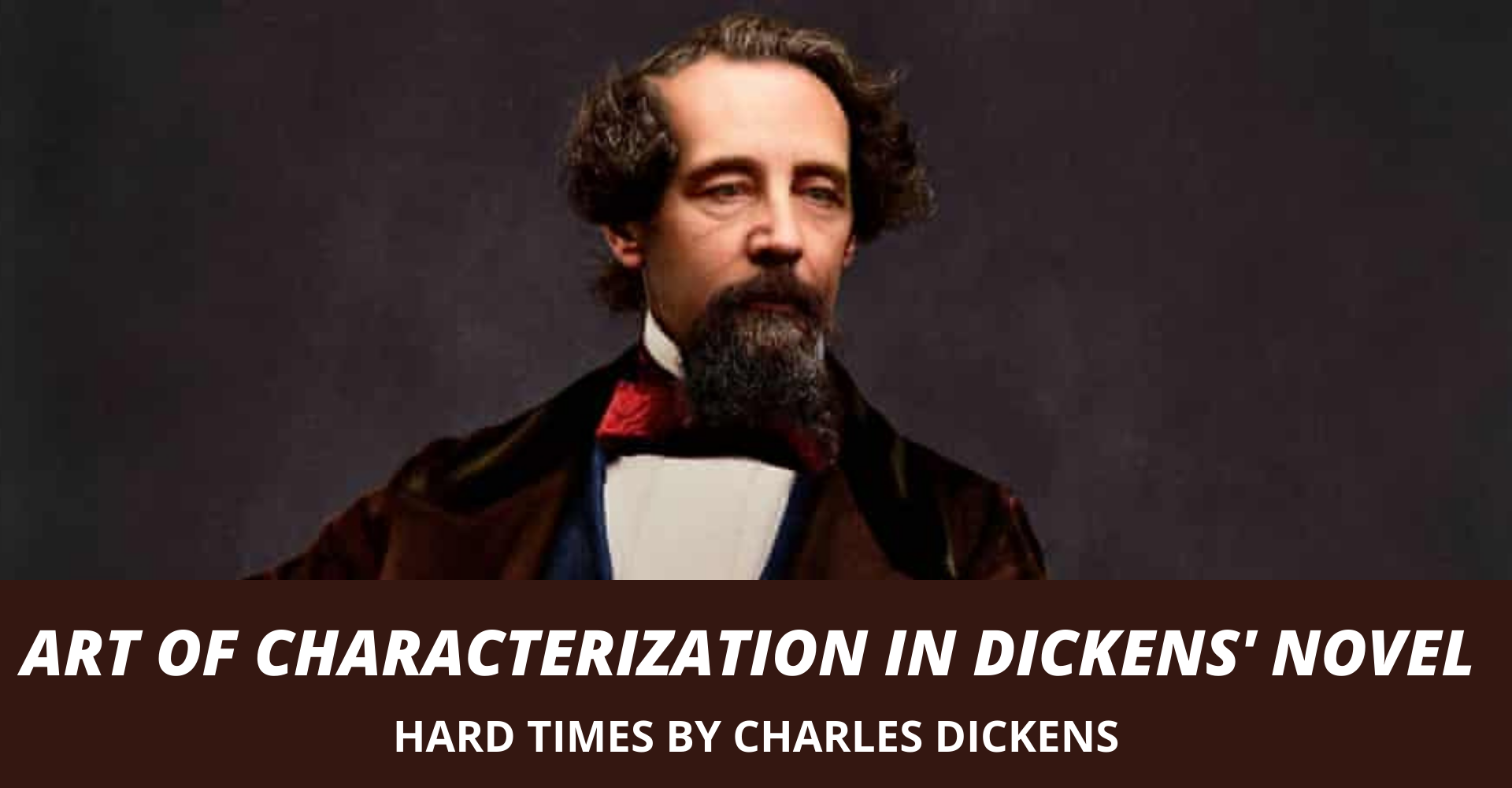Dickens interest is zeroed in at the portrayed of characters rather than the discription of incidents. Really, Dickens was a master in the art of characterization and represented a wide variety of characters in his novels. In Dickens’ novels we come across three or four widely types of characters, firstly innocent little child Joe, Paul, Tiny appealing powerfully to the child love to every human heart. Secondly, the horrible third, the grand eloquent and broadly humorous fellow, a fourth tenderly or powerfully drawn figure like Lady deadlock of Brick House.
The striking features of Dickens’ characters are that they are conceived caricature rather than living human beings. With the note reality about them. Dickens’ characters are not individuals. They are also symbolic figures some of the characters like the humorous one of Ben Johnson. But through the humours, their traits have been universalised. Most of the characters of Dickens are embodiments of certain ideas or concepts. Gradgrind and Bounderby represent the utilitarian principle in Victorian political economy. Stephen and Rachael symbolise goodness and passive suffering. Sissy symbolises all the ideas to the utilitarian theories.
Dickens was a master in growing characters drawn from the poor classes of society or the middle class for his knowledge of these classes of people was personal. He failed to portray characters drawn from the aristocratic for upper circle of society. He did not possess Shakespearean imagination to depict characters drawn from kings, nobles, lords without having acquaintances or knowledge about them. Dickens treated characters from ‘without’ going to their heart. He stands contrasted with ‘George Eliot’ in this direction. But he excelled all novelists of England in portraying humorous eccentric and whimsical characters.
A third type of characters which Dickens developed become immensely Popular was that of Victorian society, usually a child. The possibility of childhood for romance or pathos was suggested by Shakespeare, Fielding and Blake. But none of these have brought children into the very centre of action. His child characters have been sympathetically drawn. In fact, Dickens did not describe a child rather he becomes a child for the time being.
Evidently, the female characters of Dickens are considered to be fable or artificial women in love have been portrayed with little understanding of sex life. Dickens’ women characters are defective except where they are eccentric. Tom in “Hard Times” is a great villain. He is selfish, dishonest and untruthful. He misappropriates the bank money and he takes to evils. The moral sense of Dickens does not allow them to Scott free at the end. They are a accorded punishment.
And no wonder, Dickens’ art of characterization is appreciated and admired for his picture. Use of attaching symbolic significance to his characters. The striking feature of Dickens art of characterization is that he portrays his each and every characters with his peculiarity and eccentricity. His characters is described with his different nuances. Although Dickens characters had not achieved universal appeal and significance. Yet they have earned their name and fame. Gradgrind and Bounderby are even now remembered for their utilitarian and material attitude of life. They have become the symbol of selfish and mechanical life. In brief, we can say that the art of characterization of Dickens is not superb and flawless when he compare his art of characterization with Hardy Fielding and Forster. But decidedly Dickens deserves all praise for present the real picture of Victorian world which is manifested in his characters.











